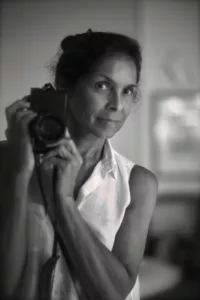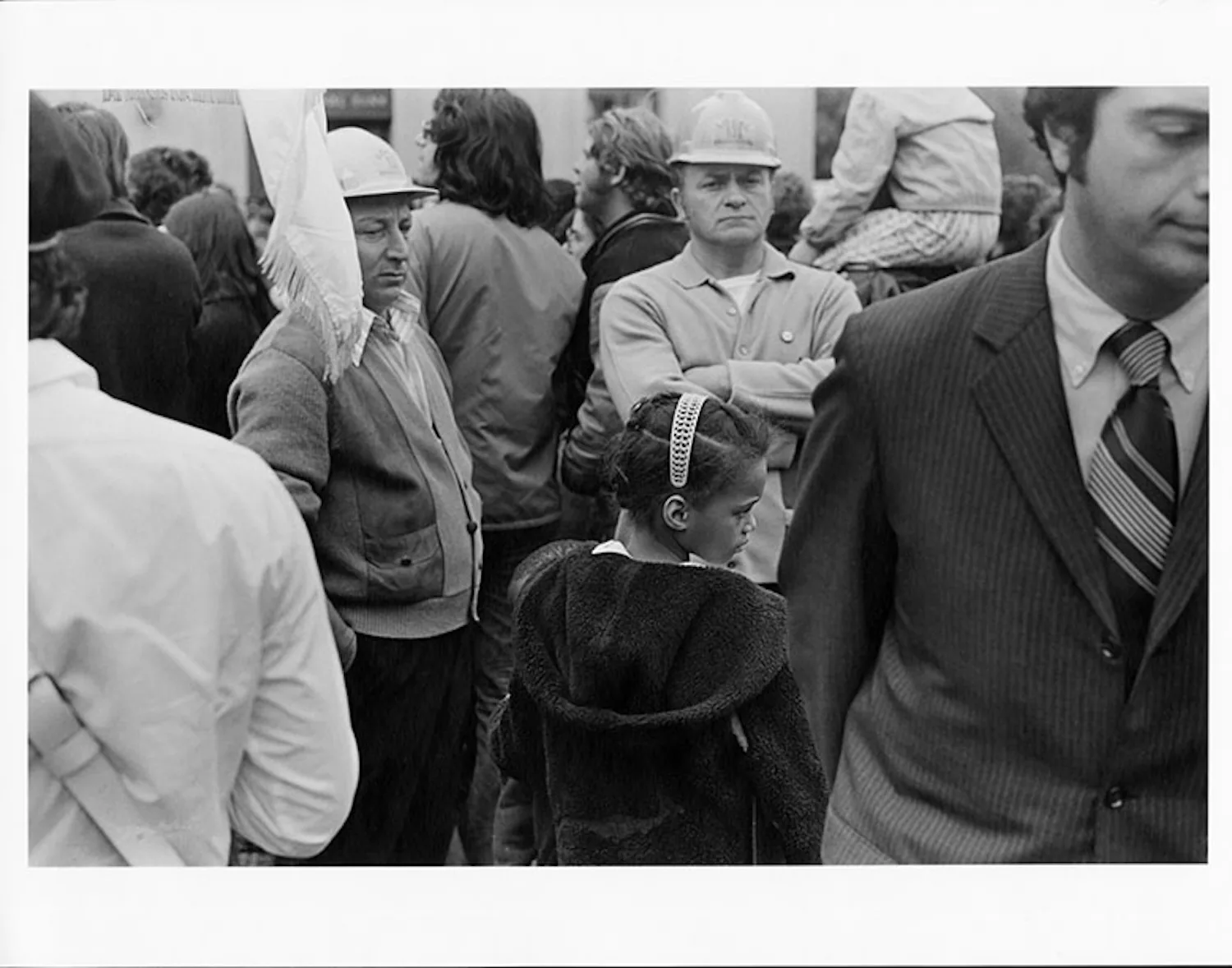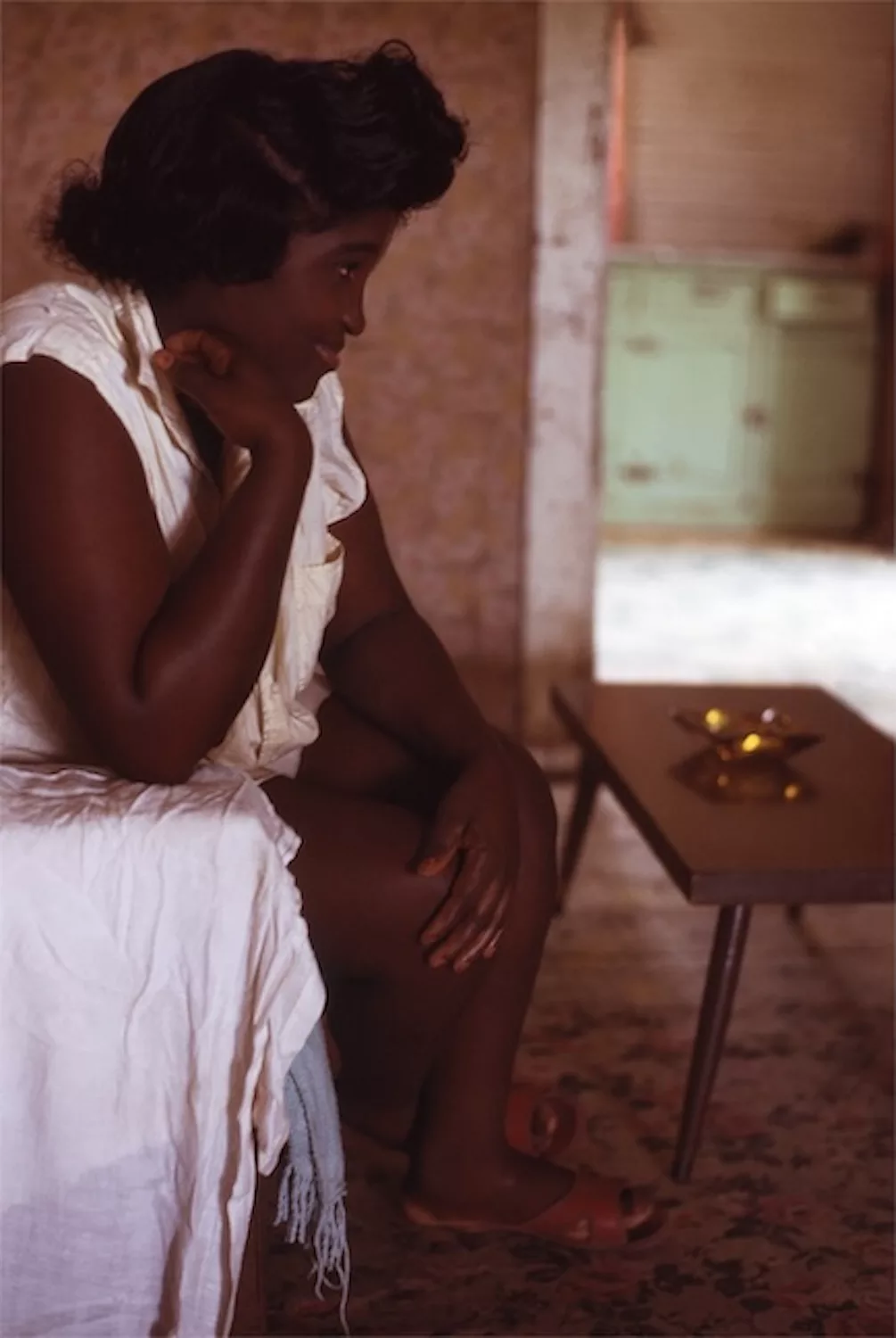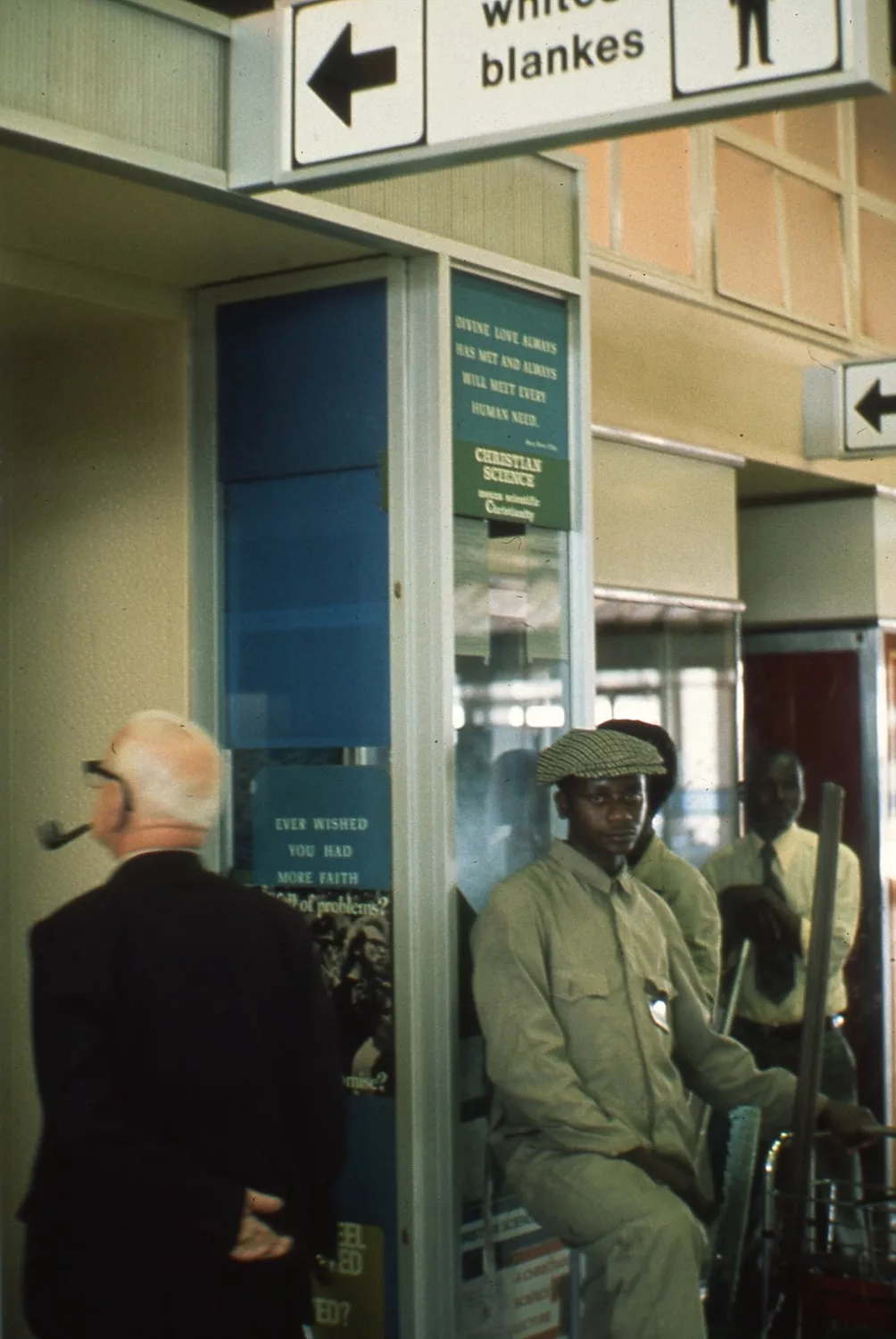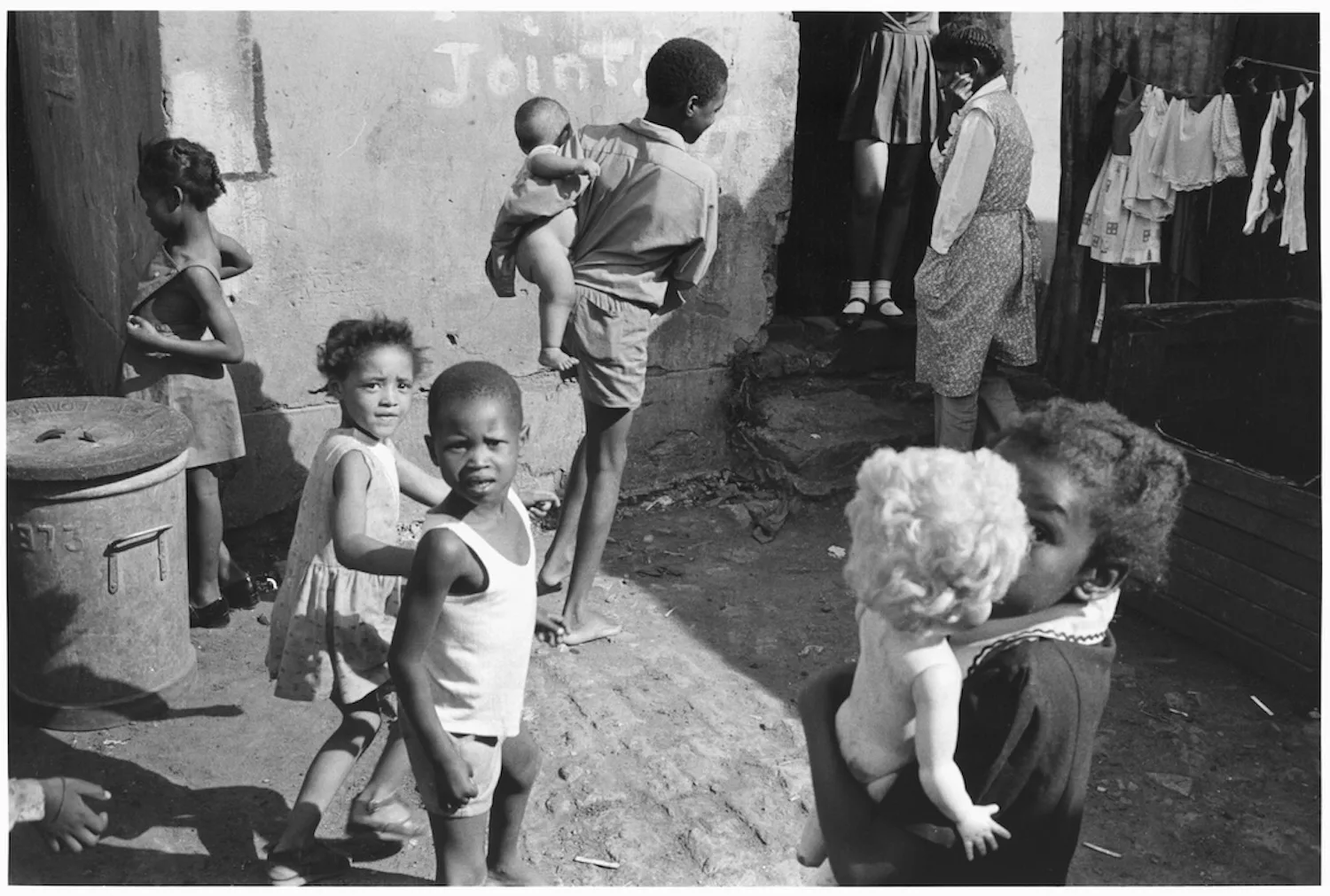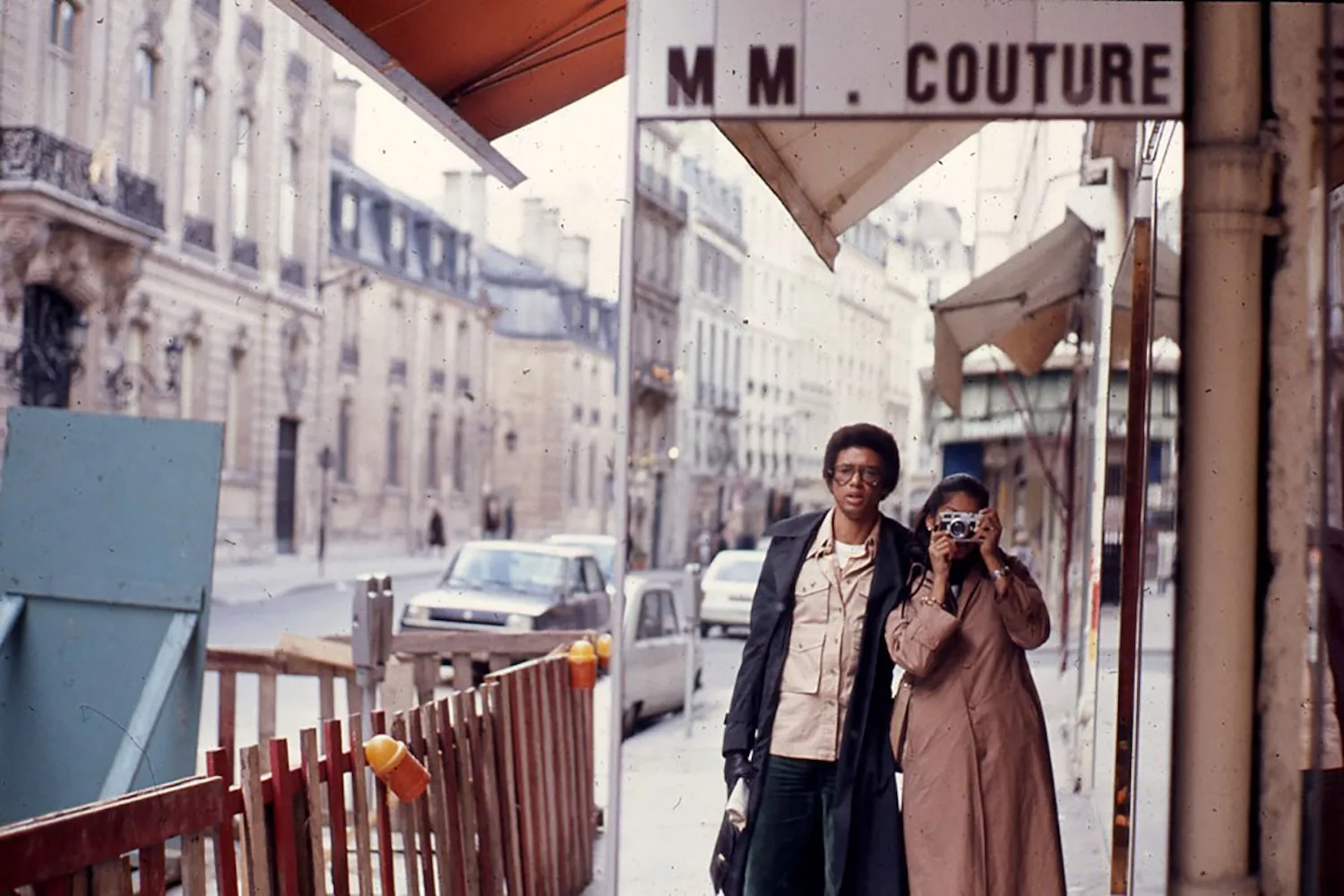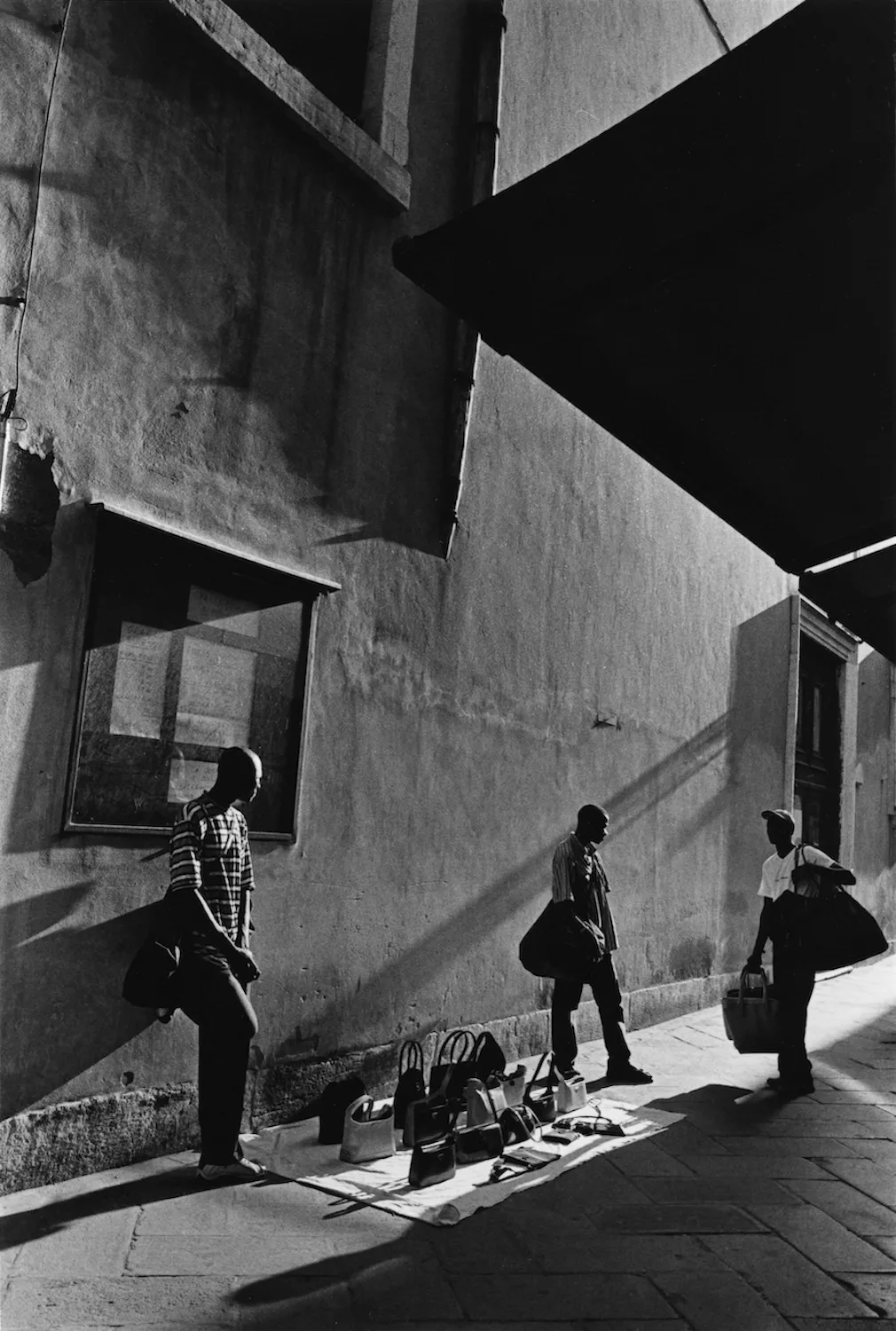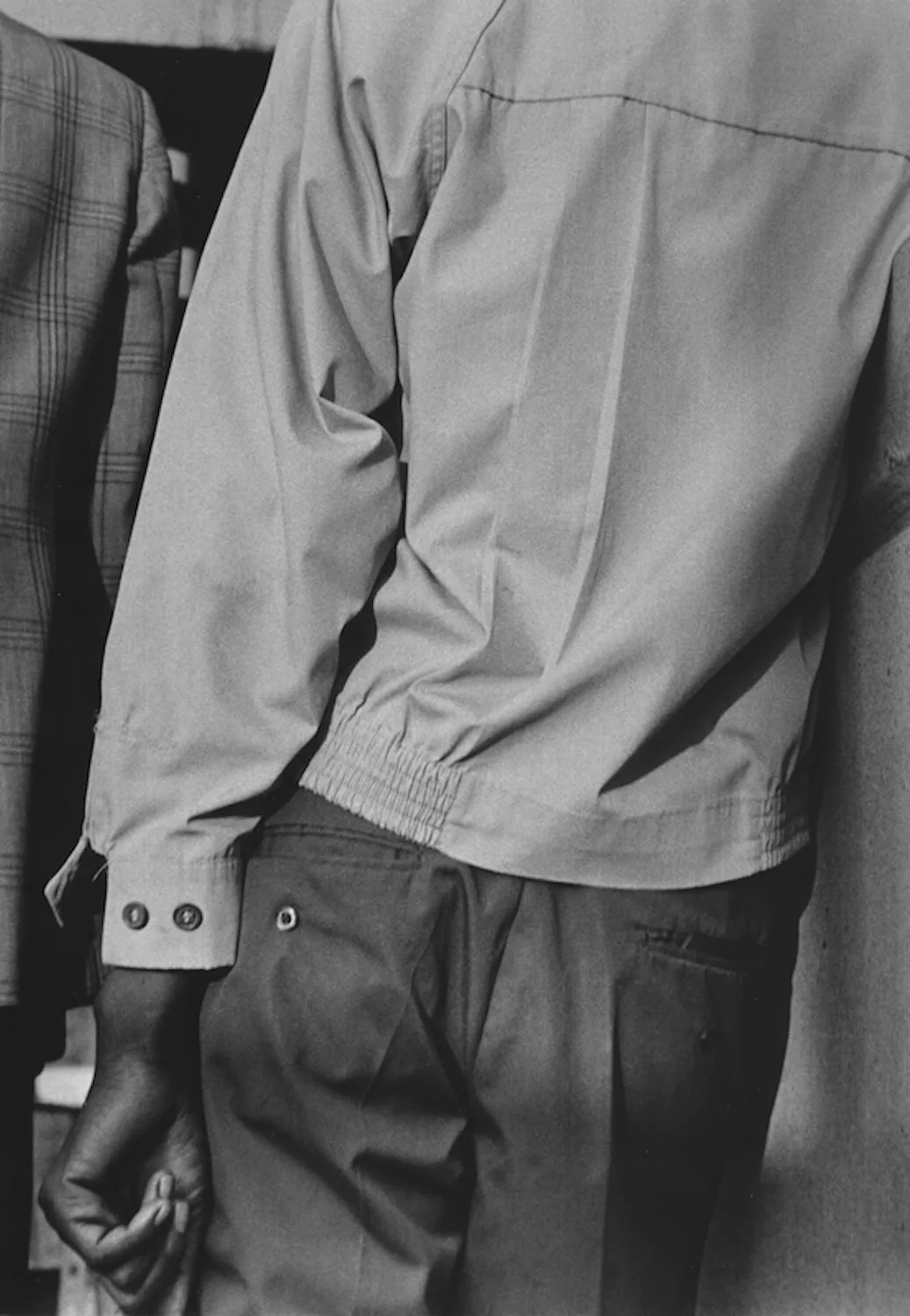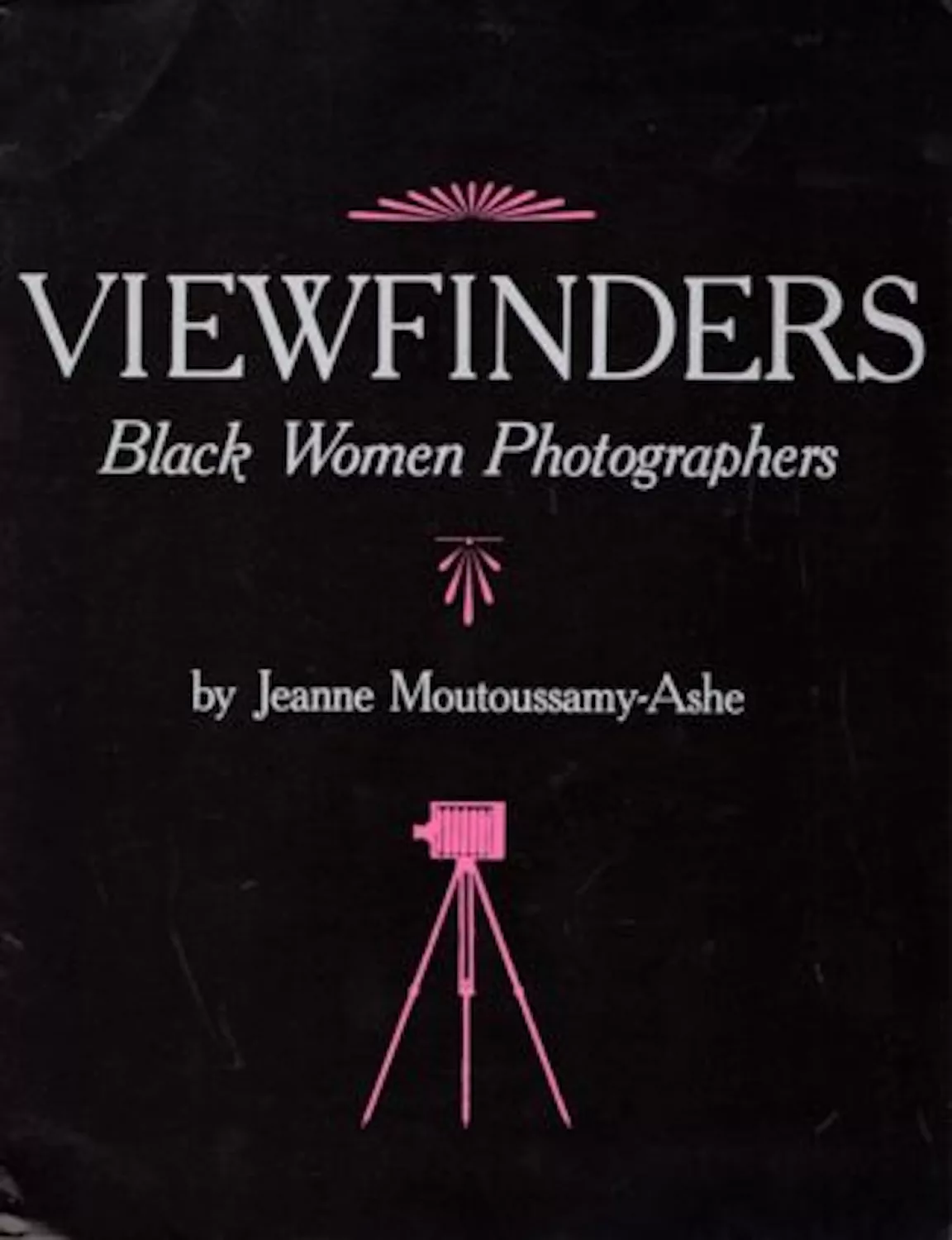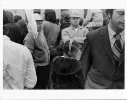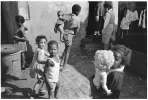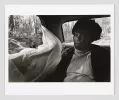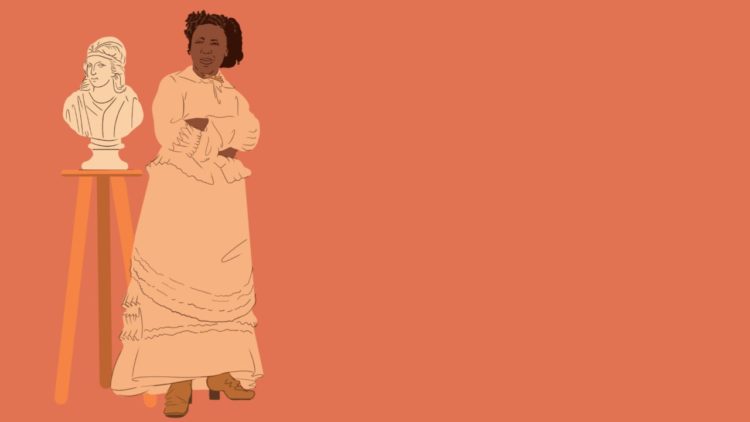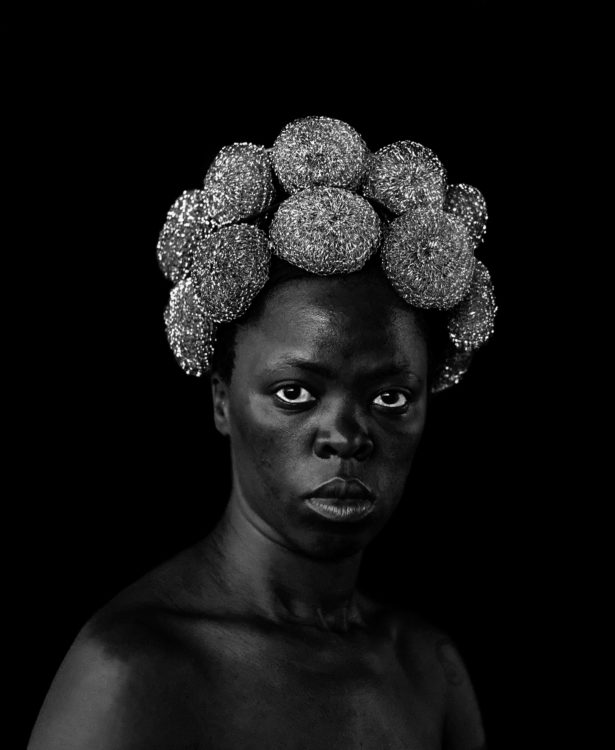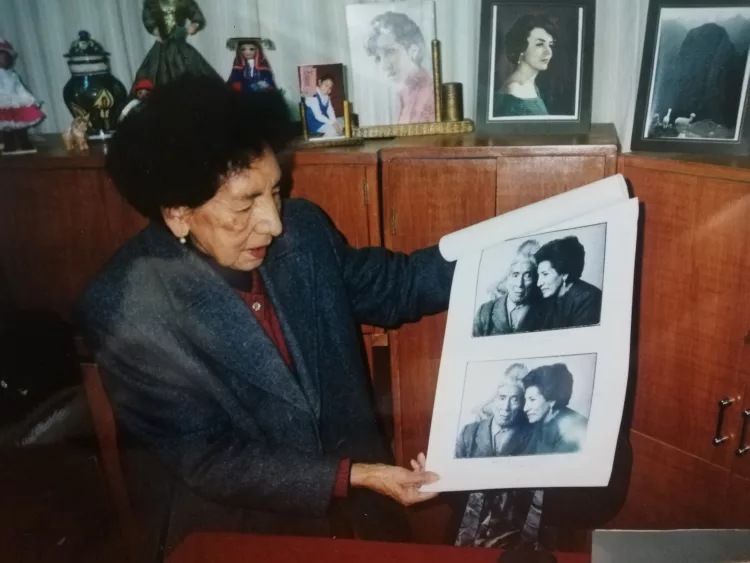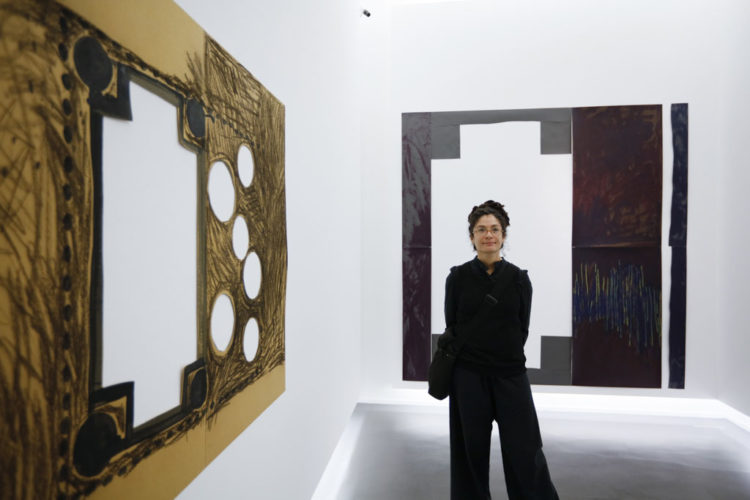Jeanne Moutoussamy-Ashe
Moutoussamy-Ashe, Jeanne. The African Flower. Lunenburg, VT: Stinehour Press, 2001
→Moutoussamy-Ashe, Jeanne, Kali Grosvenor, and Deborah Willis. Viewfinders: Black Women Photographers. New York: Writers & Readers Publishing, Inc., 1993; first ed.: 1986
→Moutoussamy-Ashe, Jeanne. Daddy and Me: A Photo Story of Arthur Ashe and His Daughter, Camera. New York: A. A. Knopf, 1993
Jeanne Moutoussamy-Ashe and the Last Gullah Islands, Whitney Museum of American Art, New York City, December 2024–May 2025
→Daufuskie Memories: Photographs by Jeanne Moutoussamy-Ashe, Columbia Museum of Art, Columbia, May–August 2016
→A Flower is a Lovesome Thing/Notables of Note, Leica Gallery, New York, September–November 2011
American photographer and educator.
The creative and civic practice of Jeanne Moutoussamy-Ashe exemplifies a quiet commitment to documentary photography that centers Black narratives and the development of young people through arts and culture. Her artistic education began within the family: she was raised in a creative environment by her parents, Elizabeth Rose Hunt and John Warren Moutoussamy, a veteran of WWII and an architect of their family home and a number of buildings in the city of Chicago. At eight years old, J. Moutoussamy-Ashe started art classes at the Art Institute of Chicago and, after high school, pursued a Bachelor of Fine Arts from Cooper Union for the Advancement of Science and Art in New York City, where she studied with influential American photographers Garry Winogrand (1928–1984), Tod Papageorge (1940–) and Joel Meyerowitz (1938–). During the second semester of her junior year in college, she conducted a six-month independent study in West Africa, which made a significant impact on her future direction in photography.
Before graduating in 1975, J. Moutoussamy-Ashe worked as photographer and graphic designer for the national broadcasting corporation, NBC, and a year later showed with photographers Dawoud Bey (1953–) and Frank Stewart (1949–) in her first exhibition at the Ed Sherman Gallery in Harlem. After marrying professional tennis legend Arthur Ashe, J. Moutoussamy-Ashe travelled to South Africa, documenting her trips to the country under apartheid and then began her historic and long term portrayal of Daufuskie Island, off the coast of South Carolina, USA.
After Arthur Ashe’s death from AIDS in 1993, J. Moutoussamy-Ashe dedicated her time to civic causes and took over the leadership of the Arthur Ashe Endowment for the Defeat of AIDS, for which she has received several awards and a notable recognition from former President Bill Clinton, who appointed her as an alternate representative of the United States to the 50th United Nations General Assembly. Alongside her humanitarian and photographic work, J. Moutoussamy-Ashe continues to share her experience as an educator in visual literacy and through the impact of her influential books, which include an in-depth look at the Gullah-Geechee community of Daufuskie Island from 1977 to 1982. Her historic collection of photographs has been donated to a number of institutions dedicated to preservation and education, such as the North Carolina Agricultural and Technical State University and the National Museum of African American History and Culture.
J. Moutoussamy-Ashe is also the author of Viewfinders: Black Women Photographers (1986), the first book of its kind to document the understudied histories of more than one hundred African American women who worked as photographers in a variety of industries in the country from 1839 to 1985. Her photographic works have been collected by numerous institutions across the USA, such as the Whitney Museum of American Art, the Schomburg Center for Research in Black Culture, the Philadelphia Museum of Art and several private collections.
A biography produced as part of “The Origin of Others. Rewriting Art History in the Americas, 19th Century – Today” research programme, in partnership with the Clark Art Institute.
© Archives of Women Artists, Research and Exhibitions, 2025


